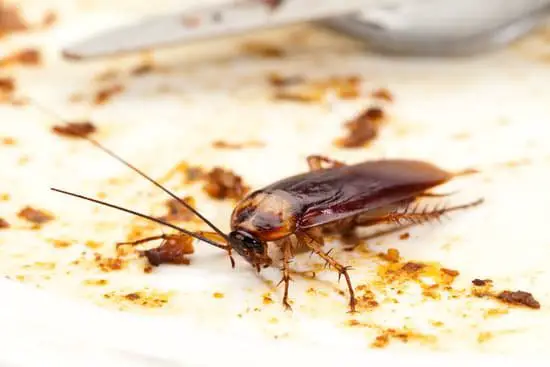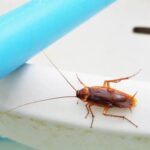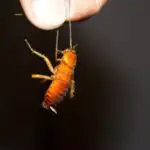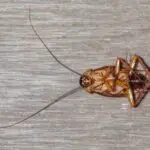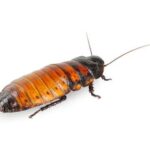Cockroach Hearts
Cockroaches have hearts, but not the ones we use as the heart of a human. Their hearts have more chambers, and are more resilient. In addition, they can continue beating despite one chamber failing. It is unclear if they have a cardiac arrest, but their multi-chambered heart is similar to human hearts.
Cockroach hearts are funnel-shaped and are made up of 13 chambers. The first chamber opens into the aorta, where oxygenated blood flows. A pair of auricular valves prevent backflow from the aorta. Cockroach blood also contains hemolymph, which is a mixture of organic compounds and ions. It also flows directly in the tissues.
Cockroaches have hemolymph, which is similar to insect blood and contains many proteins. The color of the hemolymph depends on the type of food a cockroach consumes. If a cockroach loses a leg, the hemolymph may ooze out. It is possible for a cockroach to “bleed to death” when its immune system is weak and a bacterium enters its wound and releases toxins.
The cockroach heart has many advantages over other insect models. It is easier to culture under captivity than P. americana, and it is smaller and less agile than D. melanogaster. It also has a more defined external anatomy and distinguishable circulatory system. While it is not as complex as human heart, it has a lot of similarities.
